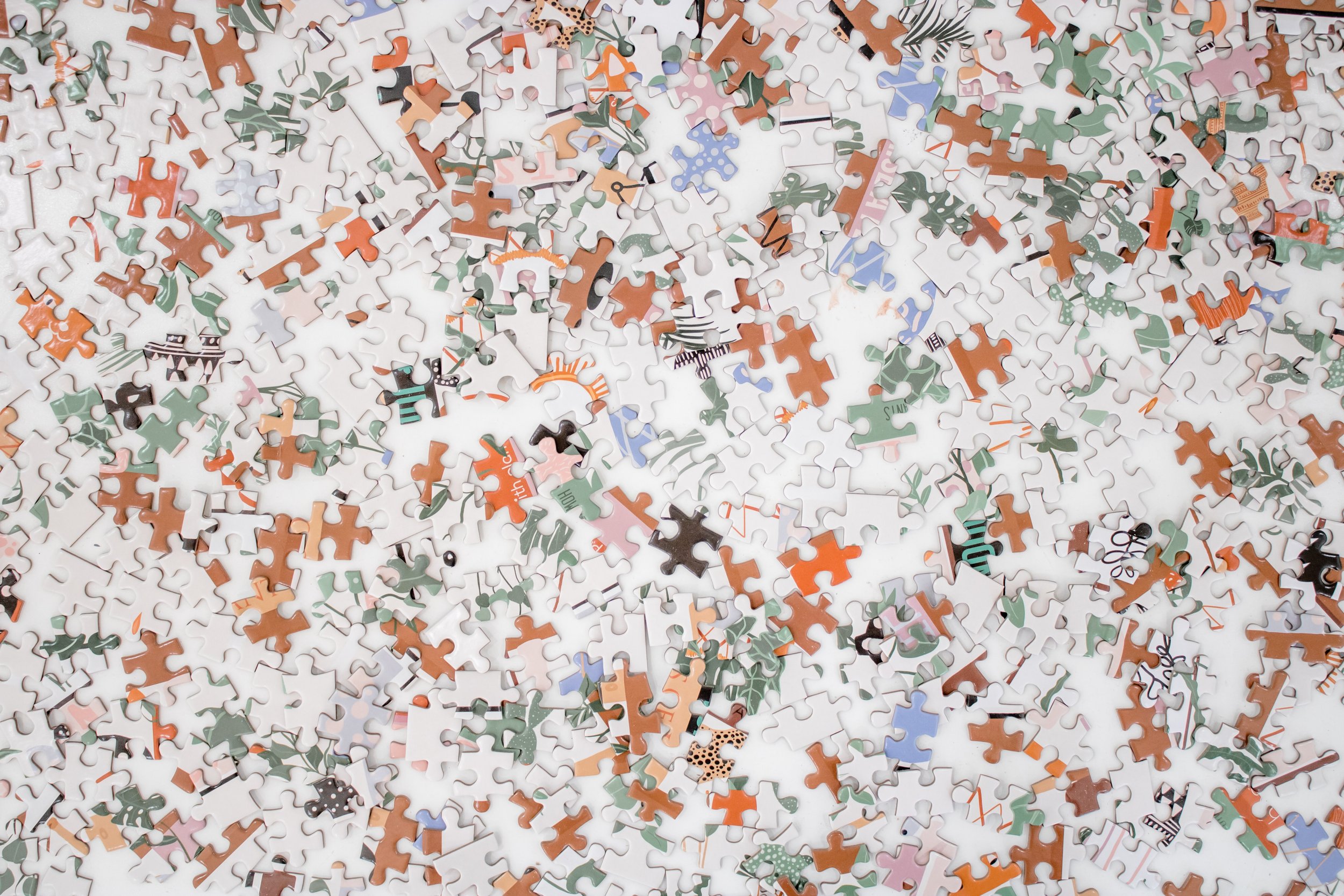Putting All of the Pieces Together
The phrase Social Emotional Learning came into my life in 2015. Though SEL implementation has been around for decades, the schools and districts in which I worked had not yet embraced whole child education with that particular lens. But in 2015 my school district committed to beginning a robust SEL initiative and our region was thrust into the national conversation.
In the last five years, it feels like the pendulum has swung to the other side. Where before the acronym SEL was around-ish, now Social Emotional Learning is widely discussed, especially as schools struggle to meet the needs of students learning during a global pandemic. But in searching for and implementing student supports, it feels like we may have complicated things a bit.
It is not uncommon for school districts to hold several similar initiatives and practices at once. Initially, the district SEL team I led sat within the same department as the team coordinating wrap around services, and down the hall from the individual over Positive Behavioral Interventions and Support (PBIS). We had virtually no overlap with the counseling department or the academic division. Five deeply interconnected student services working in silos, initially.
This segmented approach is not uncommon. More often than not I work with schools and districts that have separated their equity work from their culture work and their wrap around work from their trauma-informed practices. Well-intentioned people who want the absolute best for students are working in isolation, but trying to reach the same children within the same schools. As a result, teachers and leaders are swimming in terminology, trainings, and meetings that feel disjointed and overwhelming. It does not have to be this way.
Recently The Collaborative for Academic, Social and Emotional Learning (CASEL) released a revised definition of SEL as well as revised descriptors of the five core competencies as a way to demonstrate how SEL can be a lever for equity. This has the potential to be really helpful as schools try to figure out how to put all of the pieces together- showing that their commitment to SEL is a commitment to equity. It can also be said that acknowledging the common workstreams between SEL and trauma-informed practices, Restorative Practices, high-quality student-centered instruction, and mental health supports is a must-needed step. I have realized recently that half of my consultative work is informing or educating, and the other half is coordinating initiatives. It is not enough to energize educators and administrators about SEL implementation, but we must also MAKE IT WORK within the constraints that exist, and in tandem with parallel supports for students.
The great news is that this all can be done. The better news is that this collaborative work improves outcomes for kids. And that’s the puzzle piece that matters most.

